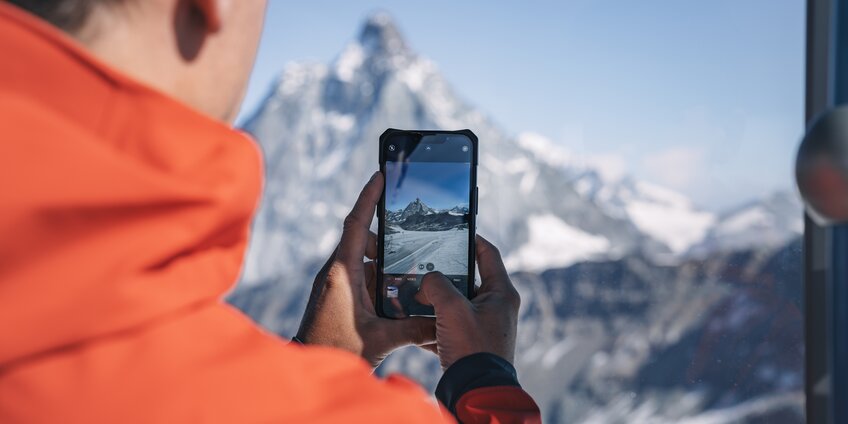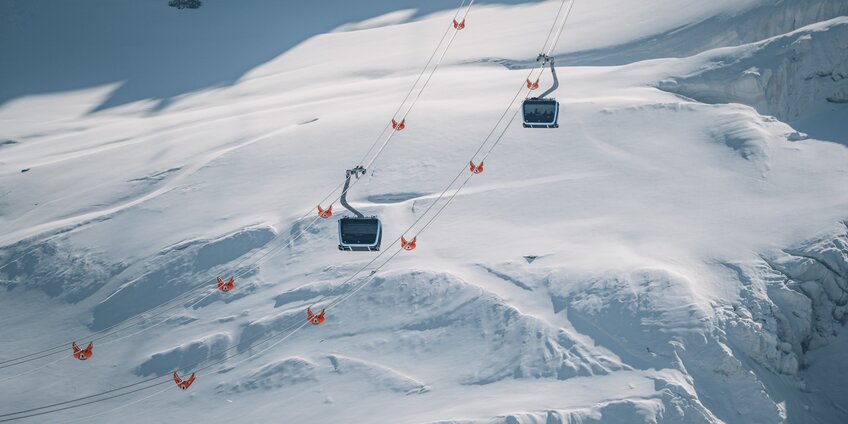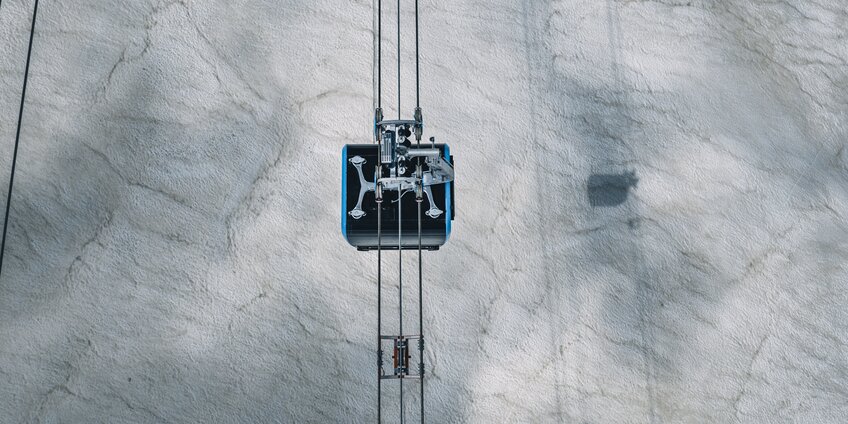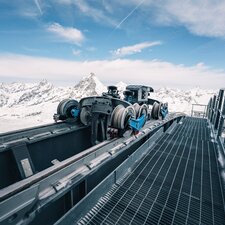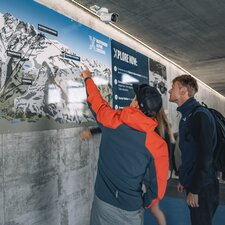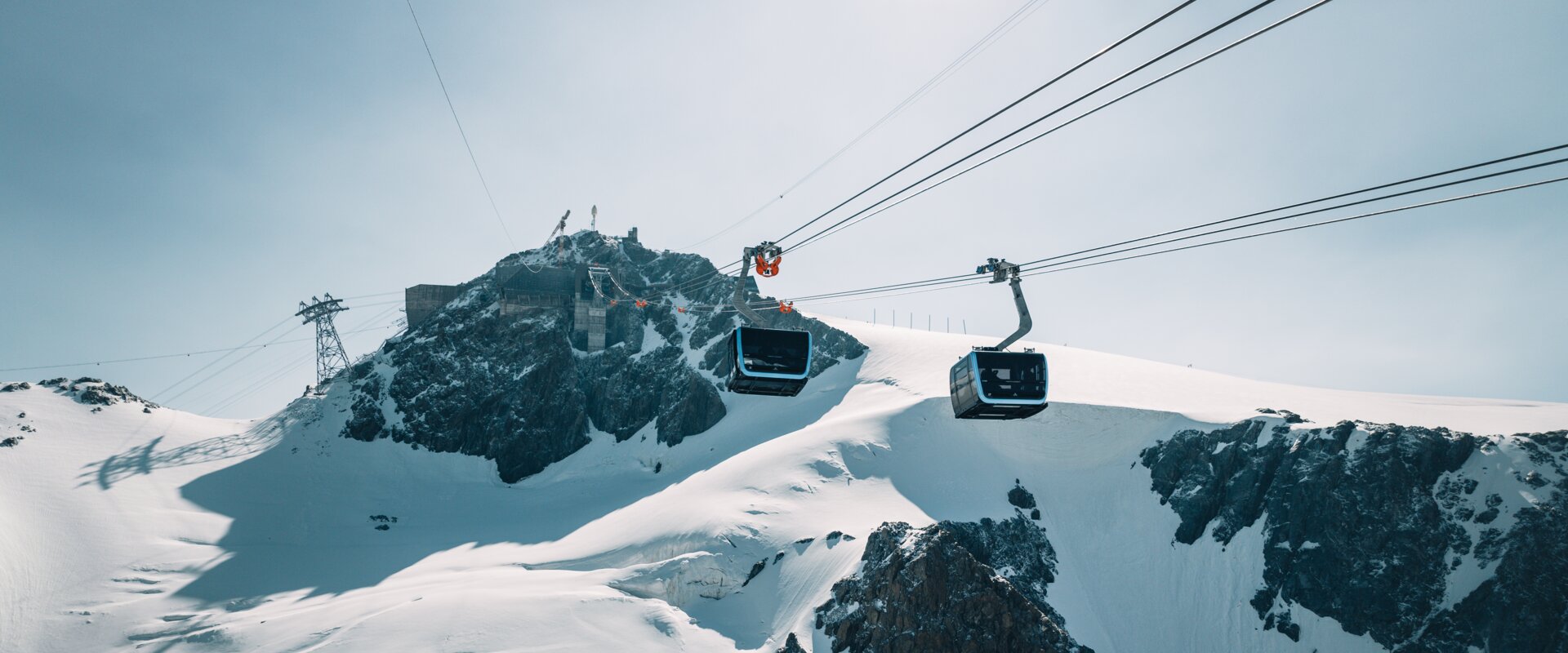



Welcome to the media corner
MATTERHORN ALPINE CROSSING
Thank you for your interest in the Matterhorn Alpine Crossing project. Here you will find relevant information including texts, images, videos and media releases. We are always happy to provide further details in person.


